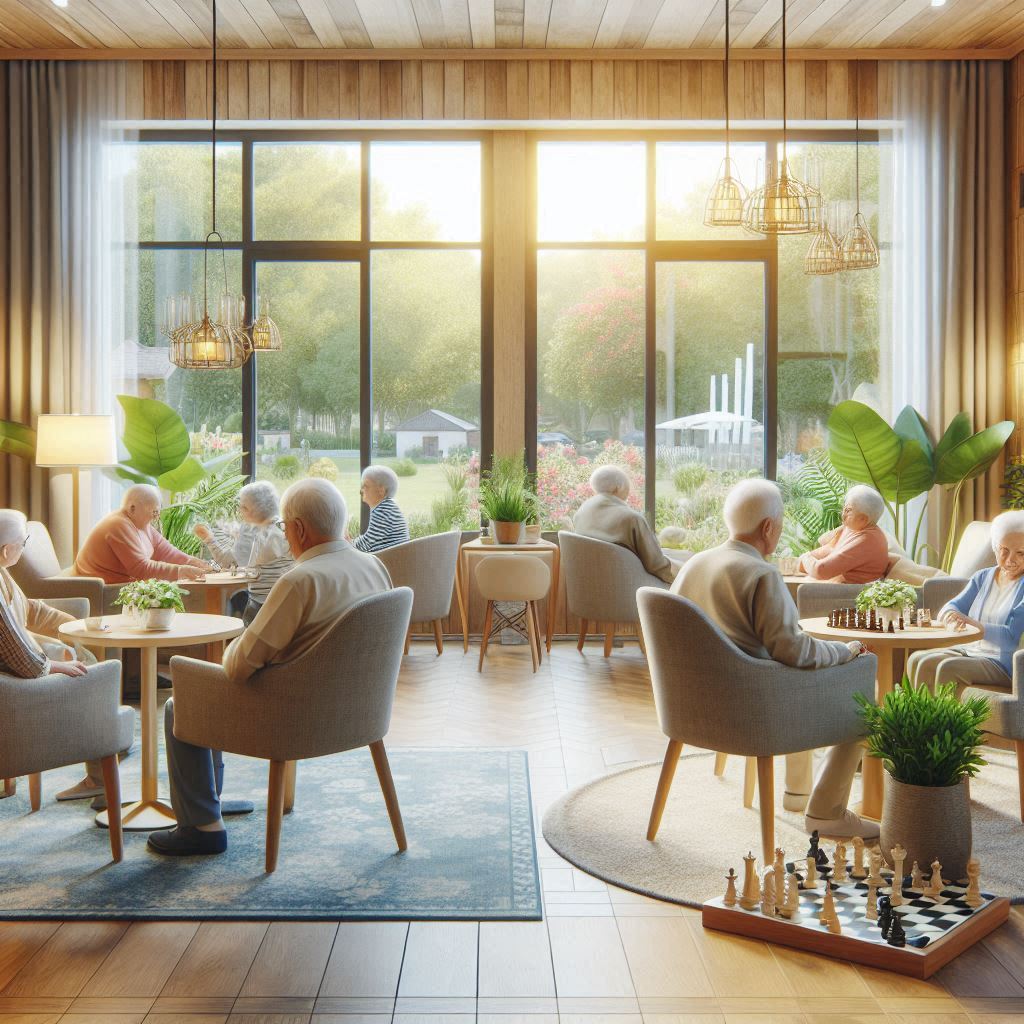Assisted living facilities play a crucial role in providing care and support for older adults who may need help with daily activities. Assisted living facilities are designed to bridge the gap between independent living and skilled nursing care. Here are some critical points about them:
1. Purpose and Services:
- Assisted living facilities offer a supportive environment for seniors who want to maintain their independence but require help with specific tasks.
- Services typically include assistance with bathing, dressing, medication management, meals, housekeeping, and transportation.
- Residents often have their apartments or rooms, fostering a sense of privacy and autonomy.
2. Community and Social Life:
- These facilities encourage social interaction and engagement. Residents can participate in various activities, outings, and events.
- Common areas like dining rooms, lounges, and gardens provide spaces for socializing.
- Many facilities organize exercise classes, art workshops, game nights, and other recreational activities.
3. Safety and Security:
- Assisted living facilities prioritize safety. They have staff available 24/7 to respond to emergencies.
- Features like grab bars, non-slip flooring, and emergency call systems enhance safety.
- Regular wellness checks and health monitoring are part of the care plan.
4. Personalized Care Plans:
- Each resident’s needs are assessed individually, and a personalized care plan is created.
- The goal is to strike a balance between independence and assistance.
- Some residents may need minimal help, while others require more intensive care.
5. Costs and Affordability:
- Costs vary based on location, amenities, and level of care provided.
- Residents typically pay a monthly fee that covers accommodation, meals, and services.
- Some expenses may be covered by long-term care insurance or Medicaid.
6. Choosing the Right Facility:
- Families should consider factors like location, staff qualifications, cleanliness, and resident reviews.
- Visiting facilities in person is essential to get a feel for the environment and meet staff and residents.
- Ask about the facility’s policies, activities, and how they handle emergencies.
Finding the best-assisted living facility in your area involves a bit of research and some thoughtful consideration. Start by identifying the specific needs and preferences of your loved one, such as the level of care required, preferred location, and budget. Next, use online resources to read reviews and ratings from current and past residents and their families. It’s also a good idea to visit potential facilities in person to get a feel for the environment, meet the staff, and ask questions about their services, safety measures, and activities offered. Don’t forget to check for proper licensing and certifications, which can be a sign of quality care. Finally, involve your loved one in the decision-making process to ensure the chosen facility feels like a good fit for them both now and in the future.
Conclusion
Remember, each assisted living facility has its unique character and offerings. Some focus on wellness and active lifestyles, while others emphasize comfort and companionship. It’s essential to find one that aligns with the individual’s specific needs and preferences. Making the decision to go to an assisted living facility can be difficult for all parties involved. It can be an emotional decision. Do your research and find when the time is right and the best facility.
If you’re exploring assisted living options for yourself or a loved one, take your time, ask questions, and consider what matters most.

